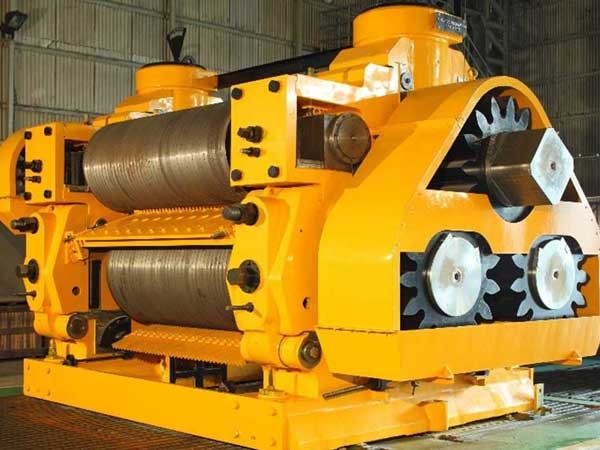
In the sugar manufacturing process, mill tandems are the heart of juice extraction—massive roller assemblies designed to crush sugarcane under high load and continuous operation. These critical assets operate in harsh environments filled with moisture, heat, and contaminants. To maintain high uptime and productivity, a robust and intelligent lubrication system is not optional—it is essential.
Think of the mill tandem as the muscle of the sugar mill. It consists of multiple rollers lined up in a row, each crushing the cane and passing it on to the next. The pressure and force involved generate a lot of friction and heat, which can quickly wear out parts if they’re not properly lubricated.
Lubrication creates a thin, protective film between moving parts—especially bearings, gears, and shafts—reducing friction and heat. This not only prevents wear but also helps transfer power efficiently and keeps the mill running longer without interruptions.

Lubrication reduces friction between moving parts, provides a cooling effect, and creates a barrier against contaminants. In mill tandems, it enables:
The sugar industry is seasonal, typically operating 6 to 8 months during the crushing season. In this time-sensitive window, productivity is everything — and equipment failure is simply not an option. Any downtime leads to a direct loss in output and profitability. That’s why proactive lubrication and system reliability are non-negotiable.

In sugar mills, not every lubrication point has the same requirement. Dose optimization is crucial—small bearings require minimal lubricant, while large load-bearing components demand higher doses. A precision-based lubrication system ensures:
An automated system further ensures accurate timing, eliminating human error and providing consistency under extreme conditions.
Sugar mills need specialized lubricants with properties that go beyond standard oils and greases. Effective lubricants must:
These characteristics ensure that lubricants perform reliably throughout the crushing season while aligning with sustainability goals.
In the challenging environment of a sugar mill, effective lubrication is not just preventive—it’s strategic. With a combination of the right systems, accurate dosing, and high-performance lubricants, your mill tandem can operate with maximum reliability, minimum downtime, and optimal output. A well-lubricated tandem means smoother operations, longer equipment life, and consistently higher productivity—sweetening every crushing season.
Ask question from us - ANSWRS will give all answers.
Email us at sj.answrs@cenlub.com
